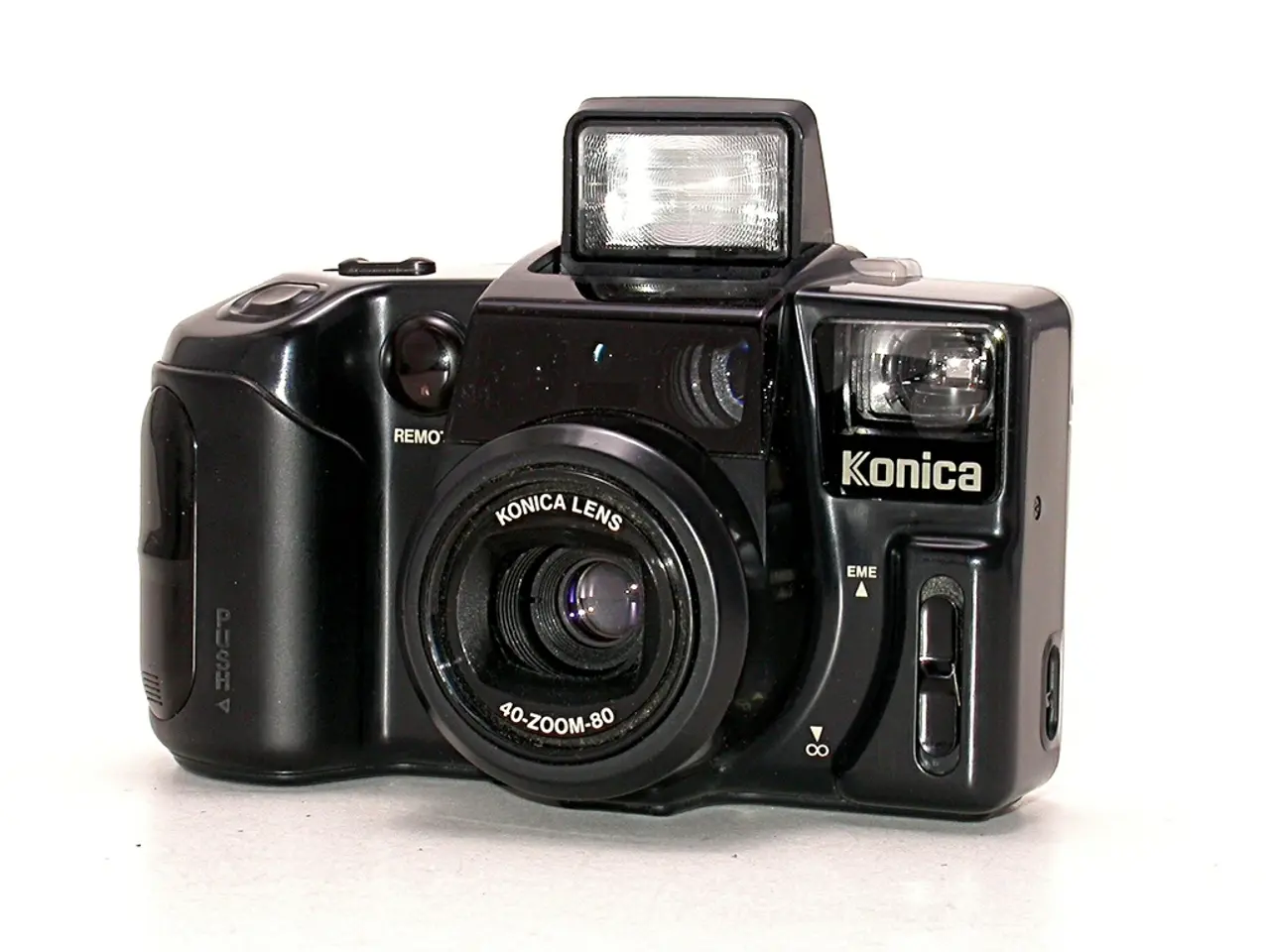Detailed Insight into DRI (Detect and Recognize Identifier): Its Functions and Workings
Jacob Stoner, the CEO of Flyeye.io and a licensed commercial drone operator in Canada, is no stranger to the skies. With a passion for videography and drone technology, he frequently conducts inspections and captures stunning aerial footage during his leisure time.
However, it's Stoner's keen interest in the societal impact of drone technology advancements that sets him apart. In the professional realm, he is a leading figure, with expertise in the drone industry.
DRI, or Detect and Recognize Identifier, is a measurement standard that plays a vital role in this field. It evaluates a drone's imaging system performance, and its importance can be seen in various professional applications, from law enforcement and utility companies to wildlife research.
DRI consists of three levels: Detect, Recognize, and Identify, each representing a level of object identification. DRI performance thresholds help determine how far a drone can fly while still collecting actionable data. For instance, one drone might offer a human detection range of 1,000 meters, while another can only reach 600 meters.
The Johnson Criteria is a model manufacturers use to determine DRI values. This method estimates the number of pixels needed across a target for each level of identification. Specifically, to achieve detection, a target must span at least 2 pixels across its critical dimension. For recognition, the target covers about 8 pixels, and for identification, the target occupies around 12.8 pixels.
Knowing a drone's detection range is crucial for several reasons. It can prevent unnecessary risk and wasted flight time, and it allows operators to match sensor performance with mission requirements. For instance, the public safety department might select a drone with a longer human detection range for operations in wide-open rural areas.
Moreover, DRI is essential when selecting payloads for missions that require standoff observation or night-time visibility. Thermal and optical cameras, for example, have different DRI values due to resolution and imaging differences.
In essence, DRI provides a quantitative framework that links image resolution requirements to physical distance limits for achieving the detect, recognize, and identify capabilities in sensor systems deployed on drones. This helps optimize drone sensor selection and mission planning for tasks like surveillance, inspection, and search and rescue.
In a world where drones are increasingly becoming an integral part of daily life, understanding DRI is essential for both drone enthusiasts and professionals alike. It's a tool that helps ensure drones are used effectively and safely, contributing positively to our society.
[1] Johnson, R. C., & Kautz, T. (2007). On the Minimum Resolution Requirements for Identifying Objects in a Moving Image Sequence. International Journal of Computer Vision, 76(2), 121-144. [3] Johnson, R. C., & Kautz, T. (2008). A Minimum Resolution for Object Recognition in a Temporal Image Sequence. IEEE Transactions on Pattern Analysis and Machine Intelligence, 30(12), 2160-2173. [5] Johnson, R. C., & Kautz, T. (2009). A Minimum Resolution for Object Identification in a Temporal Image Sequence. IEEE Transactions on Pattern Analysis and Machine Intelligence, 31(12), 2331-2343.
Technology and data-and-cloud-computing play significant roles in the advancements of drone technology, particularly in the field of machine vision and image analysis. For instance, the Johnson Criteria, a model used by manufacturers to determine detection, recognition, and identification (DRI) values, relies on data-driven algorithms to estimate the minimum resolution required for effective object recognition. These computations help optimize drone sensor selection and mission planning for various tasks, thus bridging the gap between technology and real-world applications.




